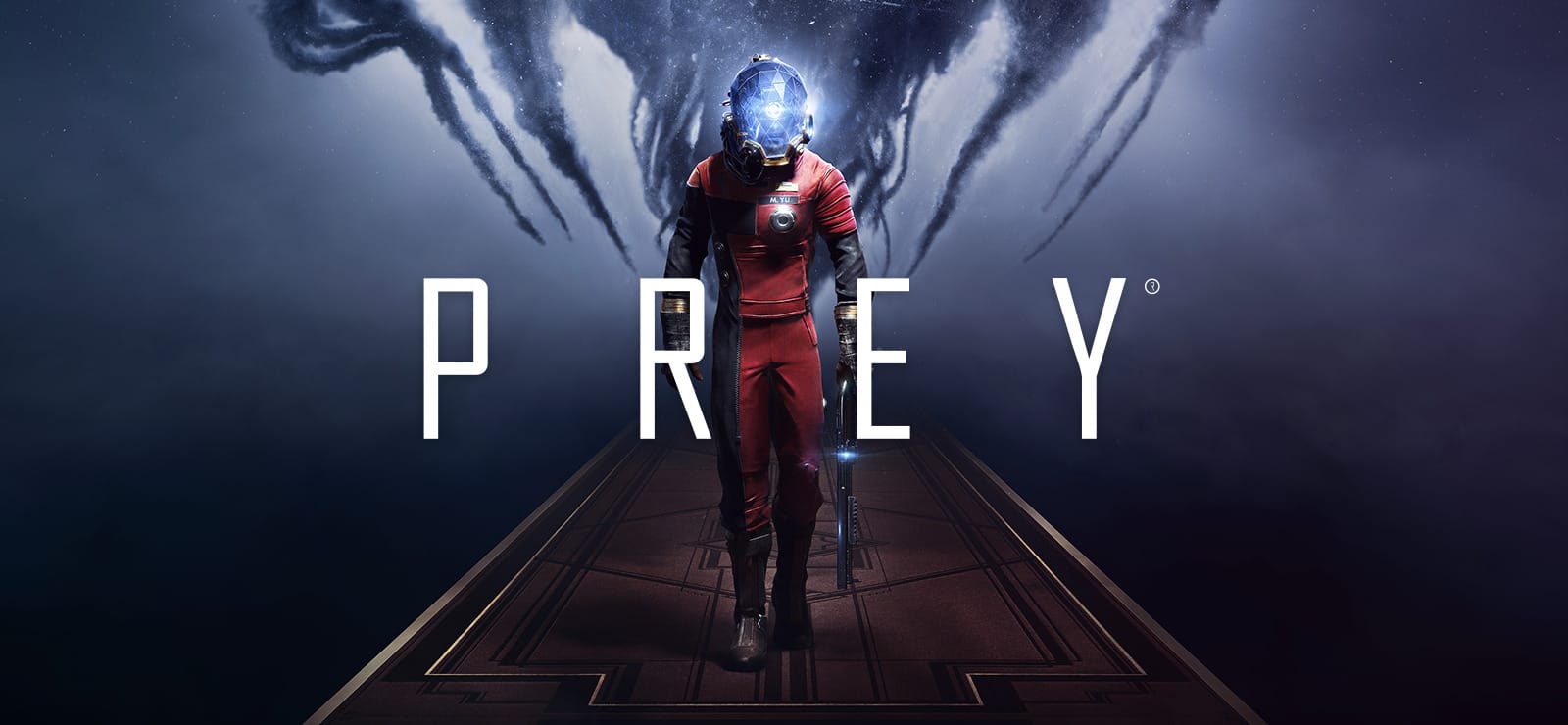Prey is a first-person action-adventure game blending horror, sci-fi, and immersive simulation elements to create a story-driven experience. Set on the massive, open-world space station Talos I, players must uncover the secrets behind a mysterious alien outbreak while utilizing a range of unique powers, tools, and their environment to survive. Combining elements of survival horror, exploration, and intense combat, Prey is a deep, cerebral journey through one of gaming’s most intricately designed sci-fi settings.
Plot and Setting
In Prey, players assume the role of Morgan Yu, a researcher aboard Talos I, an advanced space station owned by the TranStar Corporation and orbiting Earth’s moon. Morgan’s memories have been wiped due to experimental procedures, and they must piece together their past and purpose on Talos I. The station has been overrun by the Typhon, a hostile alien species with mind-bending abilities, threatening both Morgan and the remaining crew.
As the mystery unfolds, Morgan discovers that the Typhon’s existence and the experiments conducted on Talos I are tied to a government conspiracy and ambitious corporate agendas. The station itself is filled with both wonders and horrors: opulent corporate offices, sprawling laboratories, and eerie, abandoned areas give players a variety of environments to explore as they try to escape and possibly save humanity from the Typhon threat.

Gameplay Mechanics
Prey combines survival horror, exploration, and immersive sim mechanics. Players are encouraged to approach each encounter creatively, using tools, environmental objects, and stealth to survive against the Typhon and other hostile forces.
- Exploration and Environment: Talos I is fully explorable and intricately detailed, designed to be both beautiful and foreboding. As an open-world environment, the space station is accessible with no set path, encouraging backtracking and thorough exploration. Locked doors, hidden pathways, and secrets are scattered throughout the station, rewarding players who pay attention to detail.
- Combat and Stealth: Combat in Prey requires adaptability, as enemies can vary greatly in size, speed, and abilities. The Typhon, particularly Mimics—smaller Typhon that can disguise themselves as everyday objects—keep players constantly on edge, as they never know when or where the next threat may appear. Players can choose to approach enemies head-on, use stealth, or combine both tactics for a more strategic approach.
- Neuromods and Powers: Central to gameplay is the use of Neuromods, which allow players to unlock new abilities and powers by modifying Morgan’s genetic makeup, including abilities derived from the Typhon themselves. Neuromods enable players to develop a range of skills, from hacking and repair to combat-oriented powers and telekinetic abilities like Mimic Matter, which lets Morgan transform into objects in the environment, mimicking the Mimic enemies themselves.
- Resource Management and Crafting: Resources are scarce, pushing players to carefully manage their inventory and use the Recycling and Fabrication systems aboard Talos I. Players can break down items they collect to create new ammunition, health packs, or even additional Neuromods, allowing them to customize their approach based on their chosen playstyle. This system encourages thoughtful exploration and rewards players for searching every nook and cranny.
- Psychological Horror and Survival: Prey emphasizes tension and dread as players navigate the darkened, alien-infested halls of Talos I. The atmosphere is punctuated by quiet moments of exploration, punctuated by terrifying encounters with Typhon enemies. The isolation of Talos I, combined with limited resources and unpredictable threats, creates a constant sense of unease and heightens the stakes of each decision.
Visuals and Audio
Prey utilizes an art-deco-inspired aesthetic with sleek, retro-futuristic environments, echoing the luxurious yet utilitarian design of Talos I. Every section of the space station, from corporate offices to gritty maintenance tunnels, feels lived-in and serves to deepen the immersive atmosphere. The Typhon enemies, especially the Mimics and larger creatures, are eerie and otherworldly, adding to the tension and horror.
The game’s audio design is a standout, with unsettling ambient sounds, the guttural clicks of lurking Mimics, and eerie music that amplifies the tension. Each area of Talos I has unique ambient noises and musical cues, enhancing the oppressive atmosphere and keeping players on edge throughout the experience.
Themes
Prey delves into themes of identity, corporate ethics, and the psychological toll of isolation and scientific curiosity. Morgan’s journey through Talos I is not only a physical one but a mental exploration of memory, identity, and self-discovery. The ethics of scientific experimentation, especially concerning the boundaries of human consciousness and alien integration, play a central role in the story, raising questions about humanity’s place in the universe and the cost of scientific advancement.
Have you played Prey? What’s your favourite part of it? We’d love to hear from you.
Other things you might want to know:
Was Prey 2017 a flop?
The game itself is critically acclaimed, however, the marketing campaign lacked lustre.
Is Prey 2017 a remake of Prey 2006?
No relation.
Is Prey a horror game?
Although is not labelled as a horror, it does have related themes.
Check out other articles by month:







